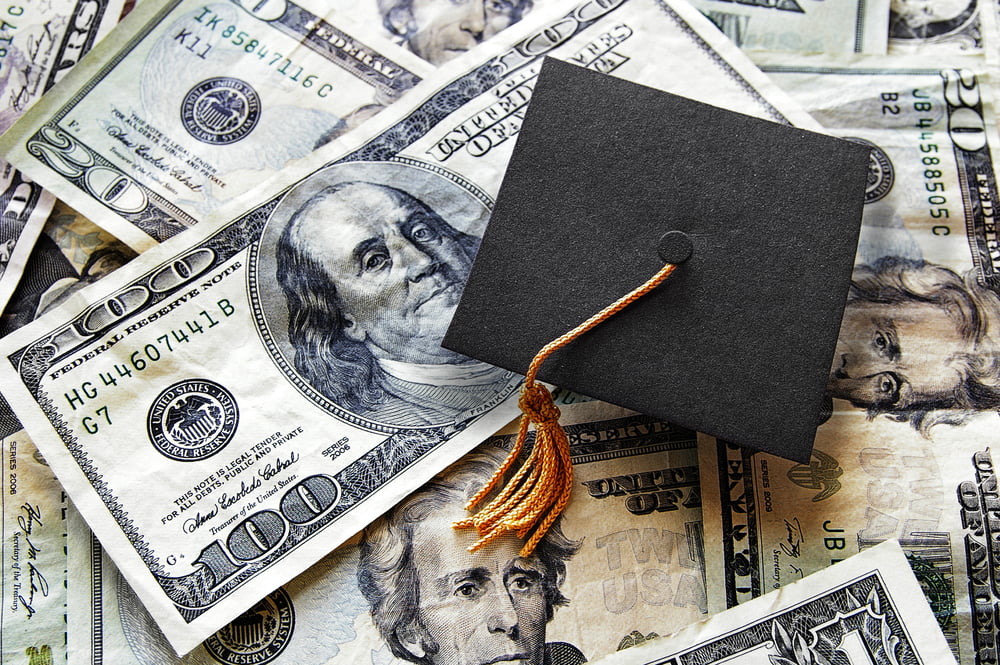According to a study released by the Federal Reserve Bank of St. Louis entitled “A Lost Generation”, millennials will never be able to recover from the Great Recession and the 2008 financial crisis.
The Fed stated that families headed by someone born in the 1980s have net worths that are 34 percent lower than expected. The report read:
We found that typical families headed by someone born in the 1960s, 1970s and 1980s were significantly below their wealth benchmark levels in 2016—by about 11, 18 and 34 percent, respectively. Despite also having suffered wealth losses during the recession, typical families headed by someone born in the 1930s, 1940s or 1950s were slightly above their age-specific wealth benchmarks in 2016.
Student Loans are Worsening the Crisis
Unlike mortgages or real estate loans that are based on an asset that appreciates in value over time, student loans are based on a hypothetical and an assumption that the recipient of the student loan can achieve financial stability by securing a stable career.
However, this is not always the case. In fact, in countries like South Korea and the US, it has become increasingly difficult for university graduates with hundreds of thousands of dollars in student loan debt to obtain $4,000 to $5,000 per month jobs. Several studies in South Korea have placed the probability of university graduates being hired by major companies at 10 percent.
Given that most student loans, if an entire bachelor’s degree is covered, range from $50,000 to $400,000, it takes on average 5.5 years to pay back one’s student loan, assuming 50 percent of their fixed salary or monthly income can be saved. Although possible, using 50 percent of one’s income to pay back student loans is unrealistic, and consequently, the majority of individuals don’t finish paying back their student loans until they’re in their 40s.
The St. Louis Fed noted:
Even by 2016, fewer than 45 percent of 1980s families were homeowners. The predominant type of debt they owe is non-mortgage debt, including student loans, auto loans and credit card debt. Because none of these types of debt finance assets that have appreciated rapidly during the last few years—such as stocks and real estate—they have received no leveraged wealth boost like that enjoyed by older cohorts.
The Real Problem
The real issue isn’t with the student loan system itself, as with the support of the government, banks often provide student loans at either no or low interest rates.
The problem involves the opportunity cost of earning university degrees that cost hundreds of thousands of dollars just to obtain jobs that pay thousands of dollars on a monthly basis.
If a bachelor’s degree is analyzed as an investment, it costs somewhere in the range of $50,000 to $400,000, based on the region and the standard of the university. An initial investment of $200,000 on average without a guaranteed return due to its abundance and a likely return of $4,000 to $5,000 per month is quite poor.
Decades ago, university degrees were scarce because the majority of individuals could not afford the degrees, and as such, companies scrambled to recruit candidates with strong educational backgrounds. The trend has changed drastically over the past few years, and companies have started to look for candidates with internships and experience.

